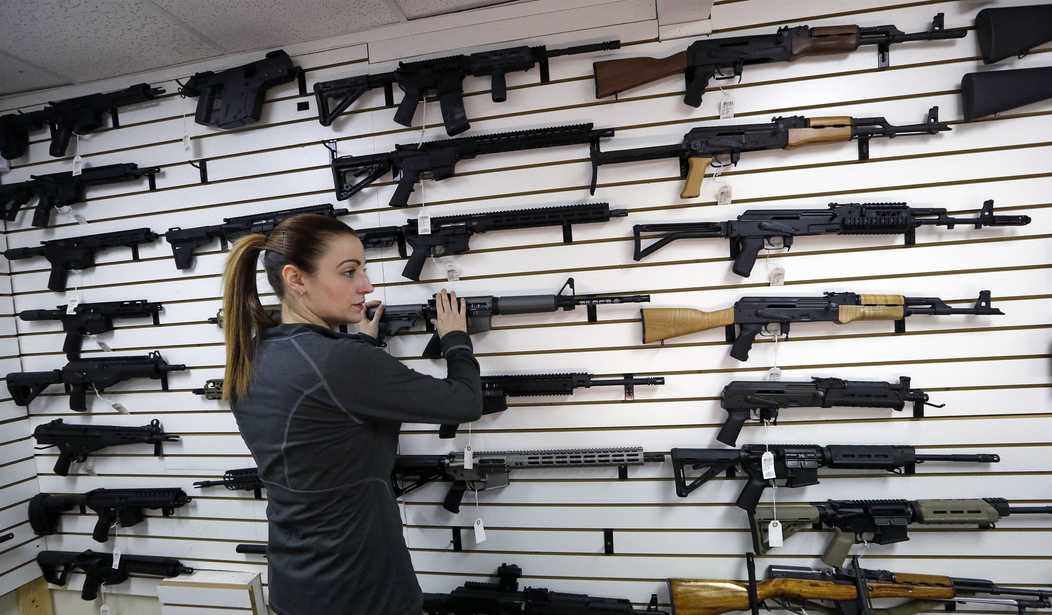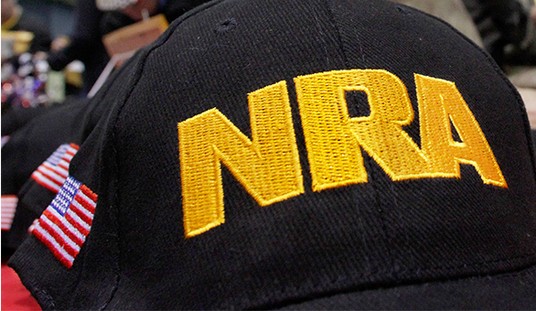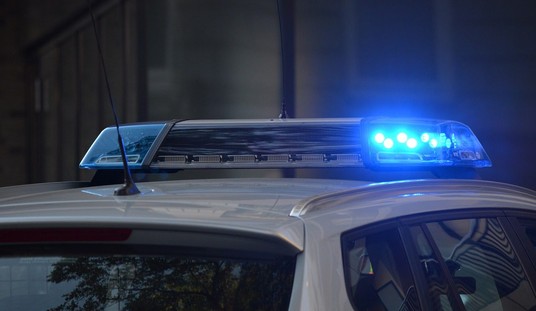As we continue to debate various forms of gun control, there’s going to be a lot of discussion about what works and what doesn’t. One of the more contested pieces at the moment is the proposed assault weapon ban.
We had an assault weapon ban before and nothing seemed to change. Violent crime was decreasing before the ban and it continued to decrease after the ban sunset.
Yet a study tried to suggest that the ban actually worked, that it actually reduced mass shootings.
Needless to say, politicians have latched onto those findings. They’re declaring the 1994 ban a success and clamoring for a new such ban.
The problem is, the “science” that is used as proof was the result of some really shaky evidence.
“Public mass shootings—which we defined as incidents in which a gunman killed at least six people in public—dropped during the decade of the federal ban,” [Stanford law professor John] Donohue and Stanford student Theodora Boulouta write in a New York Times op-ed piece published yesterday. “Yet, in the 15 years since the ban ended, the trajectory of gun massacres has been sharply upward, largely tracking the growth in ownership of military-style weapons and high-capacity magazines.”
Donohue and Boulouta relied on the Mother Jones database of mass shootings, which includes “indiscriminate rampages in public places resulting in four or more victims killed by the attacker.” Yet they chose to focus on cases with six or more fatalities, for no obvious reason except that it exaggerates the changes they attribute to the “assault weapon” ban that expired in 2004.
Based on the definition used by Mother Jones, there were 16 mass shootings, involving 125 fatalities, during the 10 years before the “assault weapon” ban took effect on September 13, 1994. During the 10 years when the law was in effect, there were 15 mass shootings with 96 fatalities. That represents a slight decline in a rare kind of crime, and it is by no means clear that the ban had anything to do with it.
A decrease of exactly one shooting is shaky evidence indeed. By redefining mass shootings in such a way, it excludes incidents we would consider mass killings based on the FBI definition of four or more people killed in a single event, just like the one Mother Jones uses. This seems oddly convenient that this new, arbitrary definition shows the ban worked, while a more common definition doesn’t.
However, there’s something else that Donohue and Boulouta failed on, and that’s the aftermath of the ban.
What about after the ban expired? In the subsequent decade, there was indeed a big increase in mass shootings and fatalities caused by them. Based on the Mother Jones tally, there were 36 mass shootings with nearly 300 fatalities. Is that because “assault weapons” were easier to get? Again, the numbers suggest otherwise. Guns that would have been covered by the ban were used in seven of those attacks, or 19 percent. In other words, they were less commonly used in mass shootings after the ban than they were during it.
Whoops.
Honestly, go read the whole piece. It completely dismantles the argument that the assault weapon ban accomplished much of anything. While we already knew that, plenty of other folks have accepted Donohue and Boulouta’s findings without looking at them critically. They’re using them to justify yet another assault weapon ban, laboring under the mistaken and misguided belief that it’ll accomplish something.
It won’t.








Join the conversation as a VIP Member